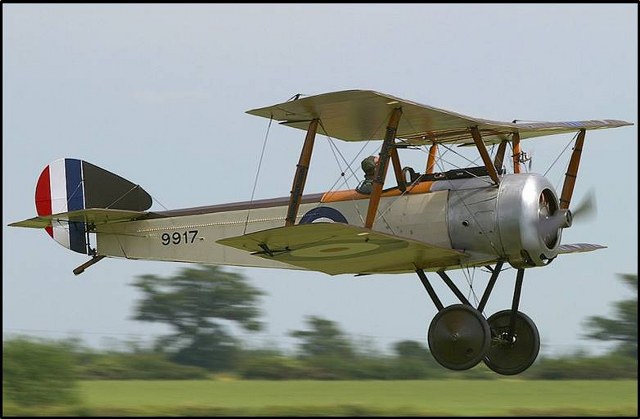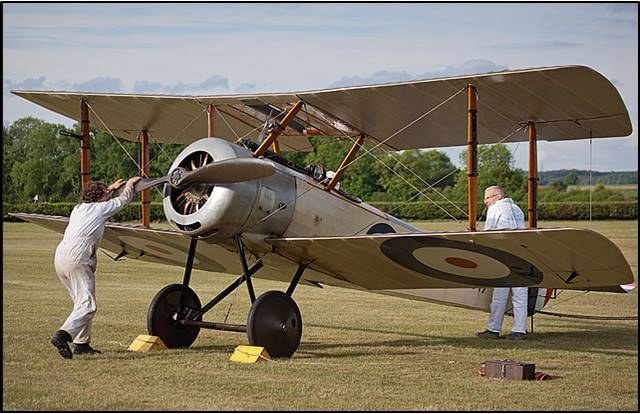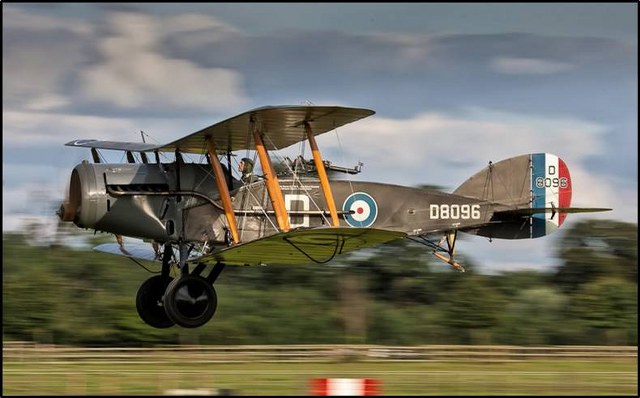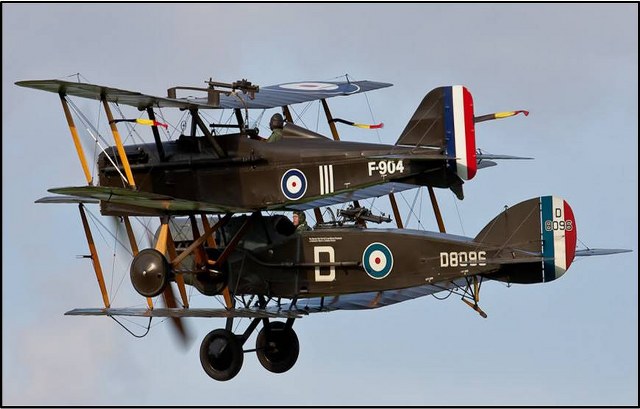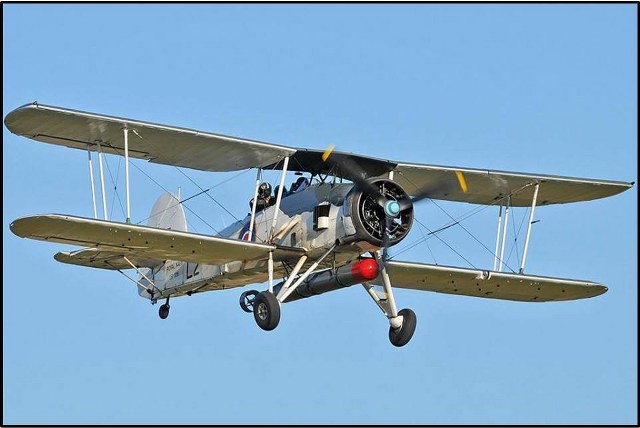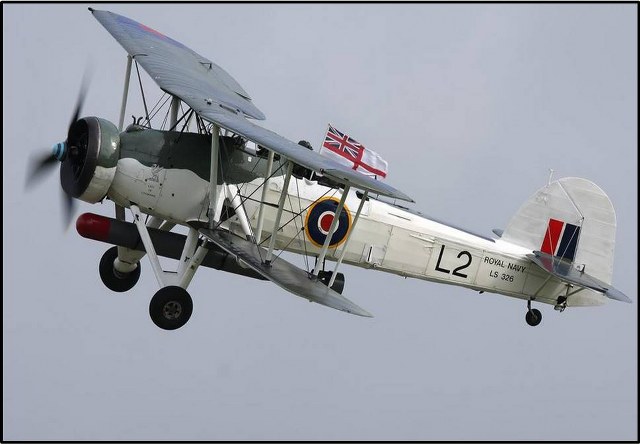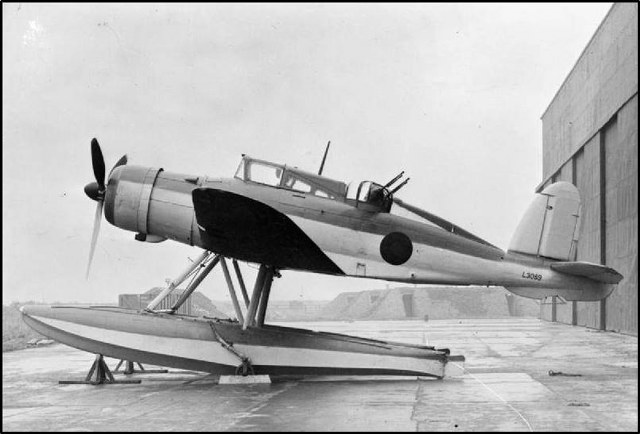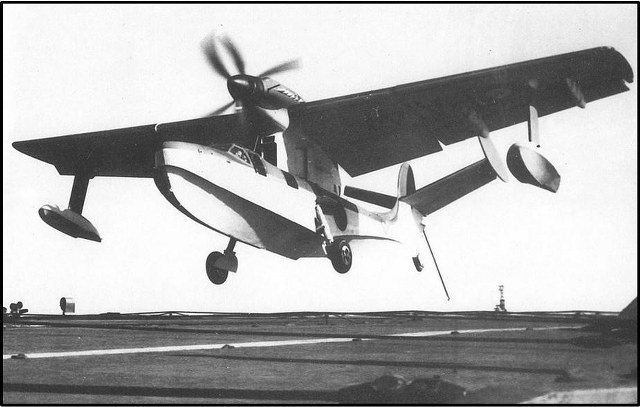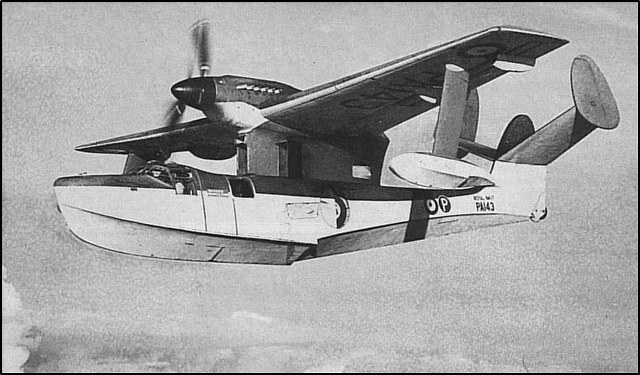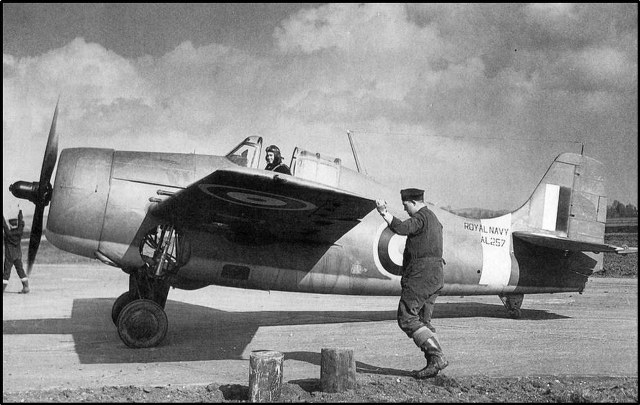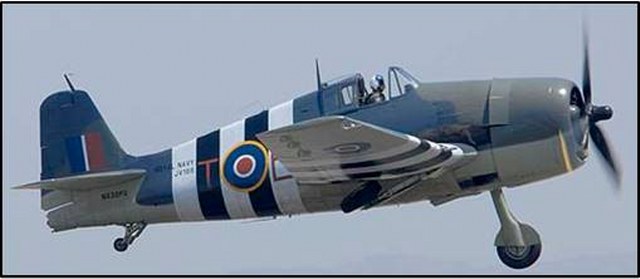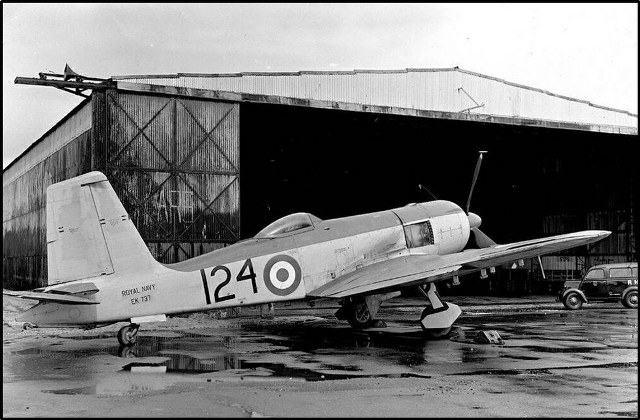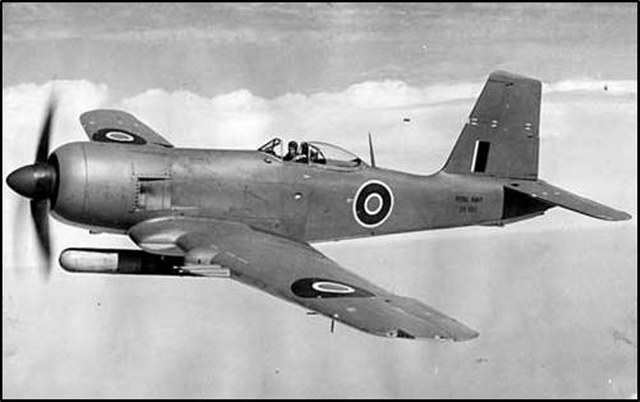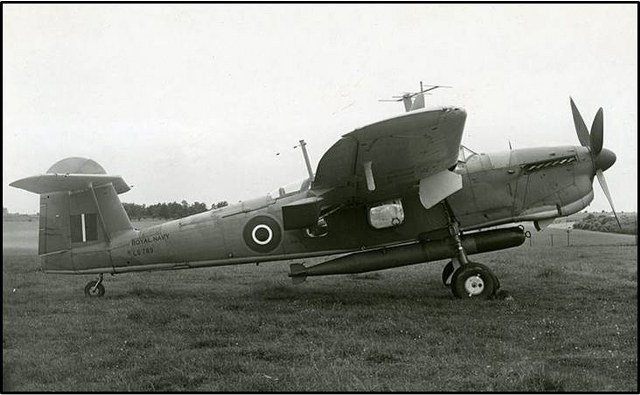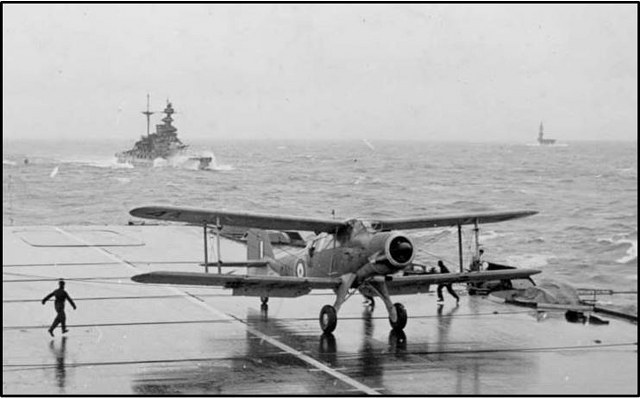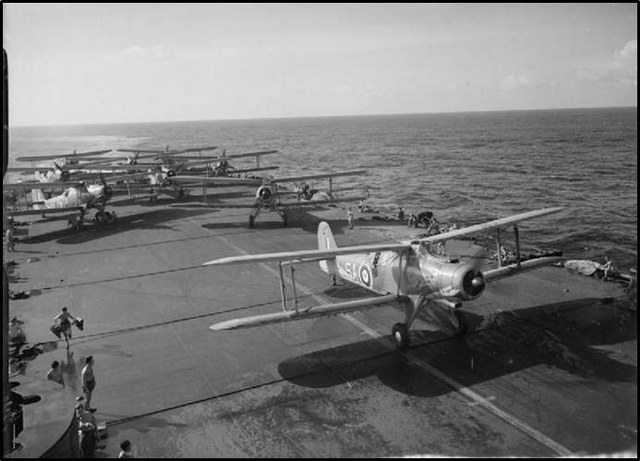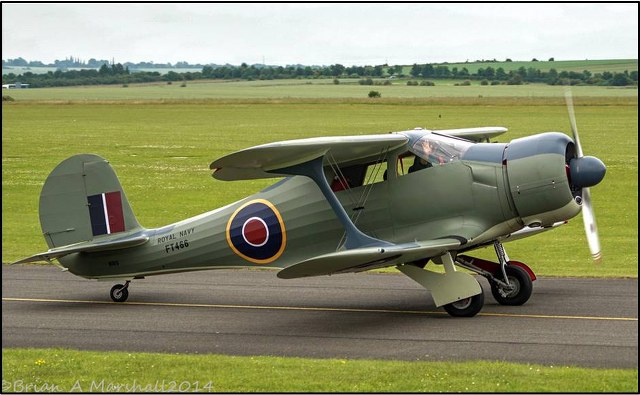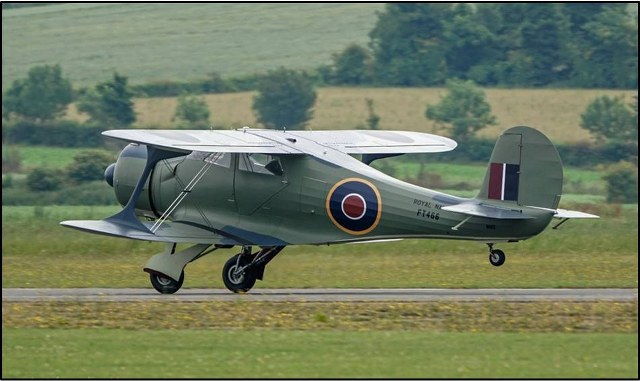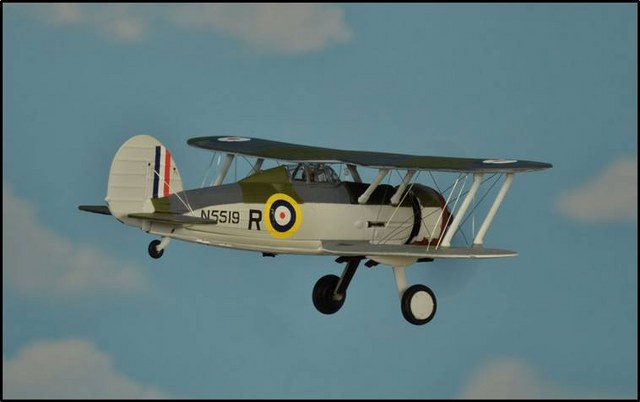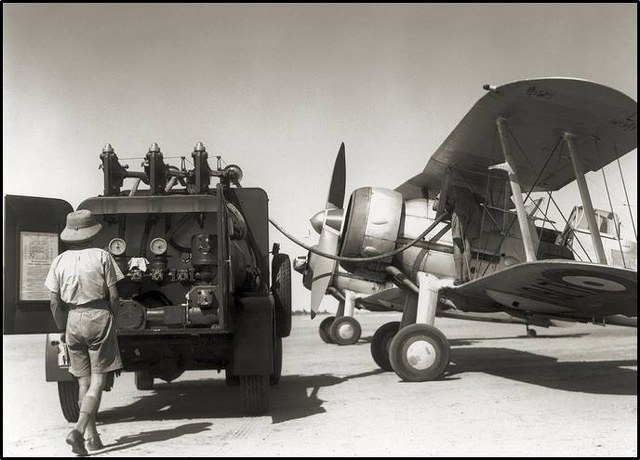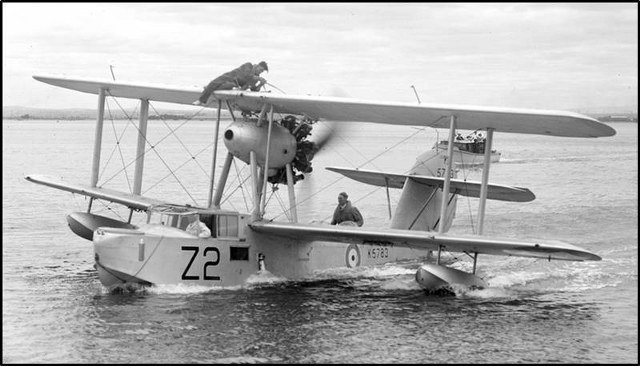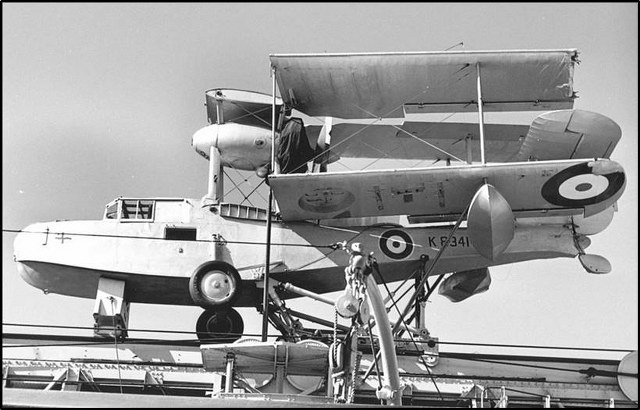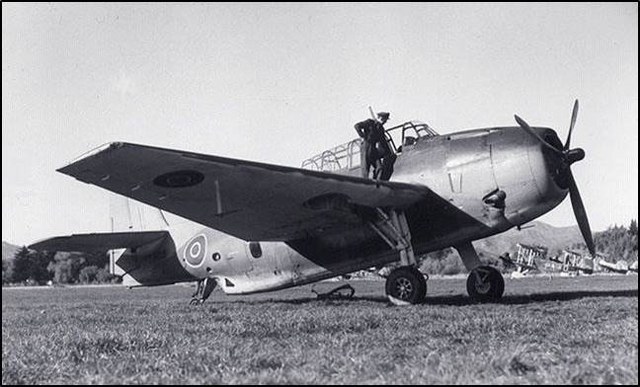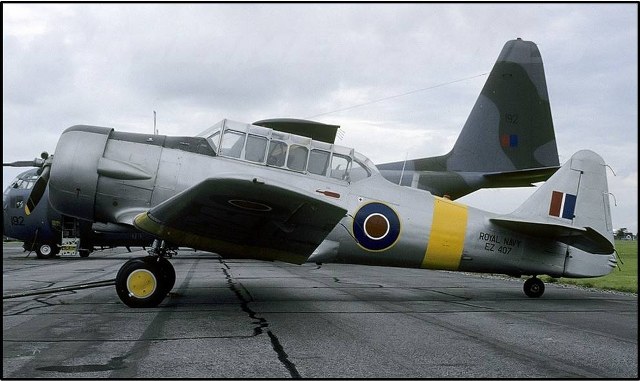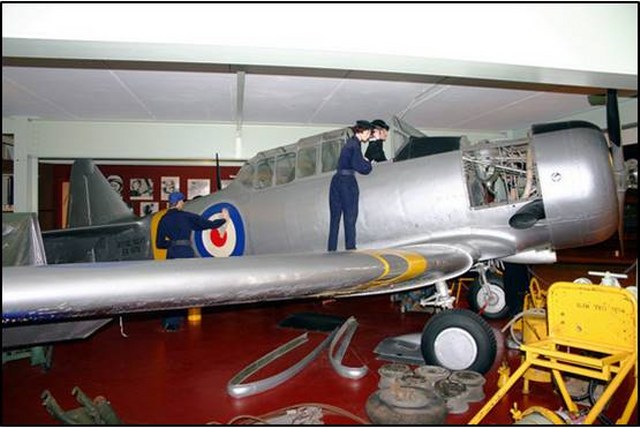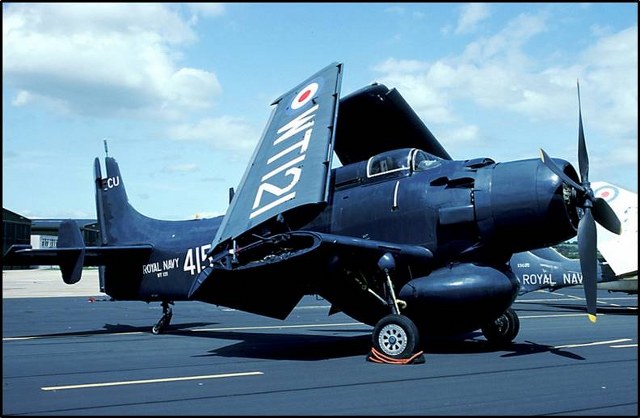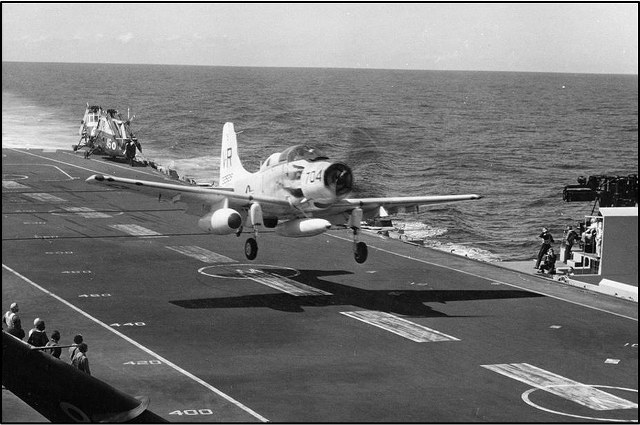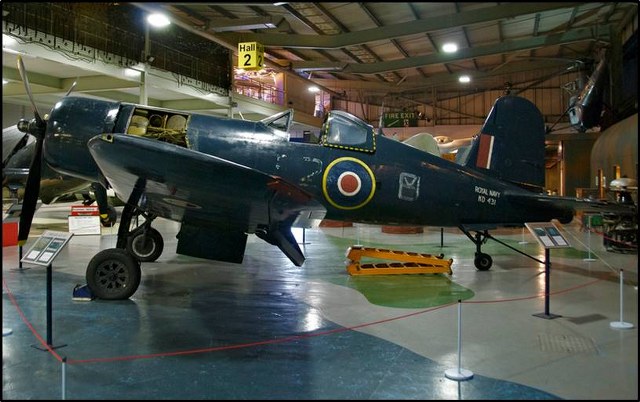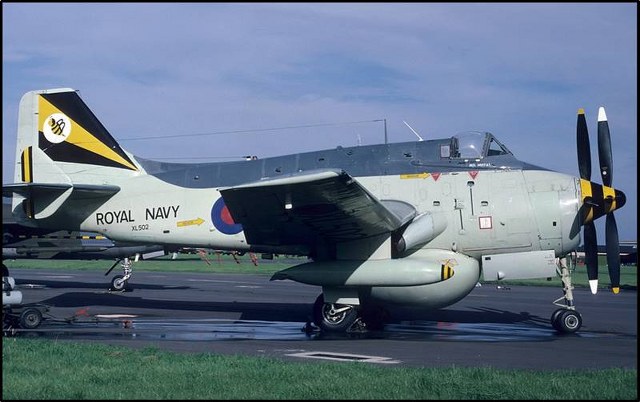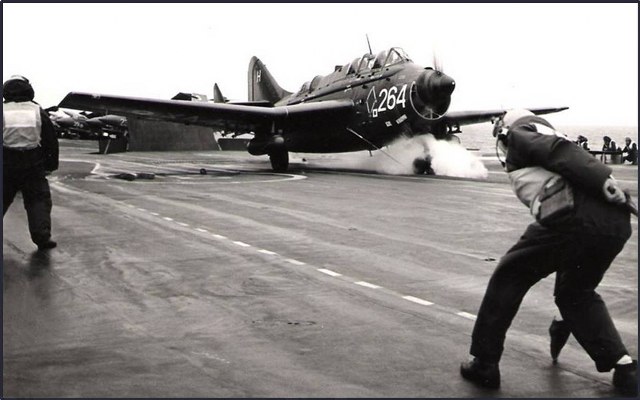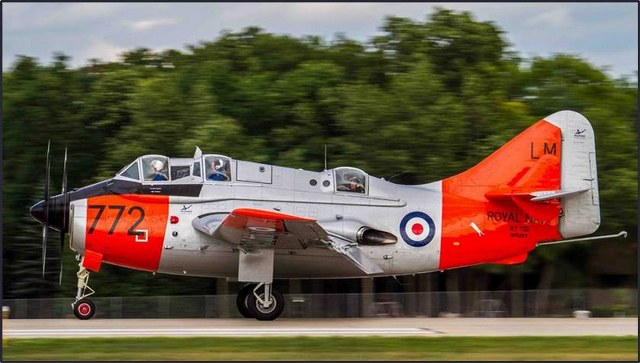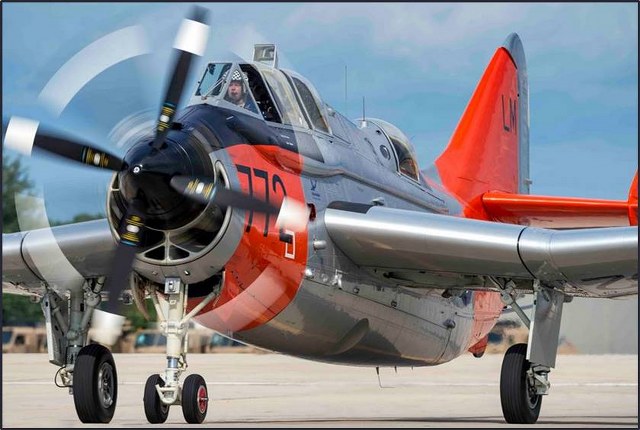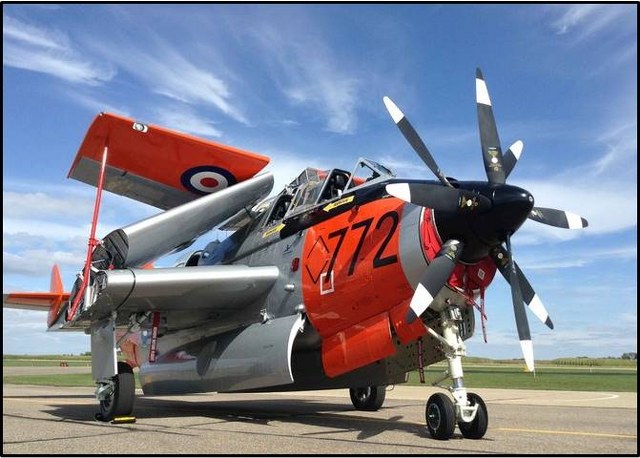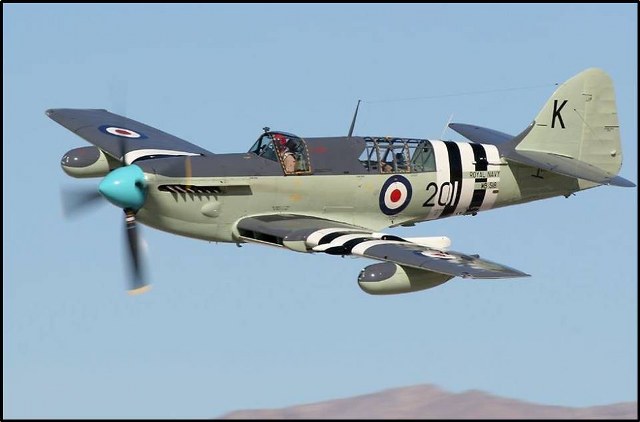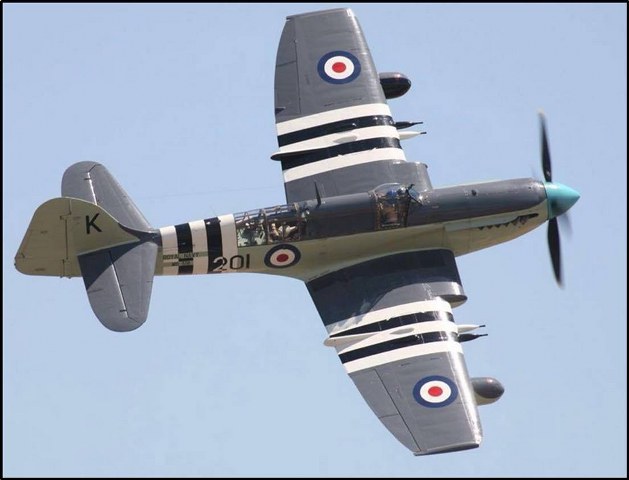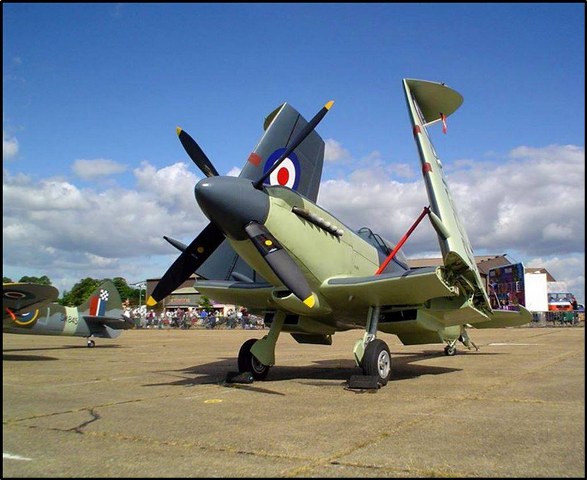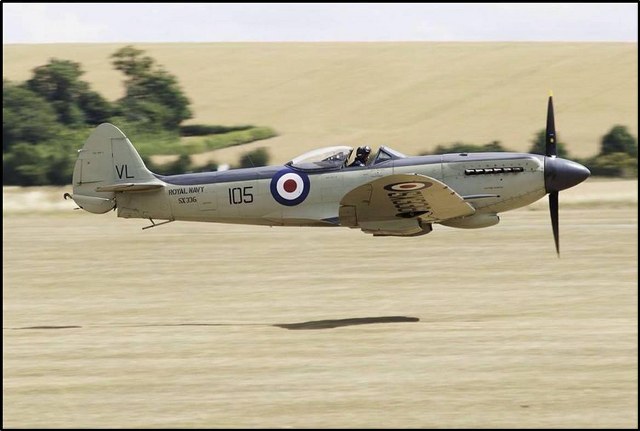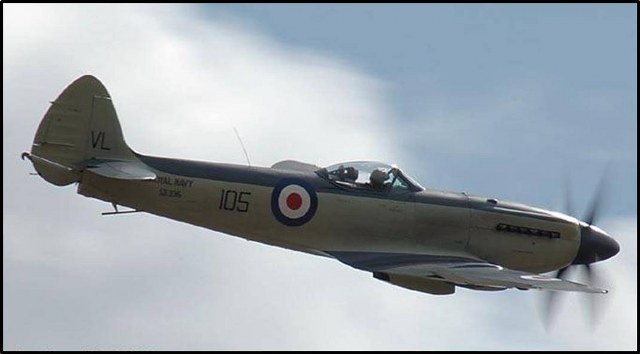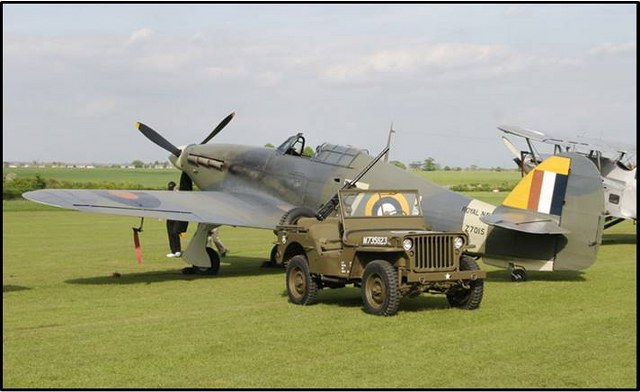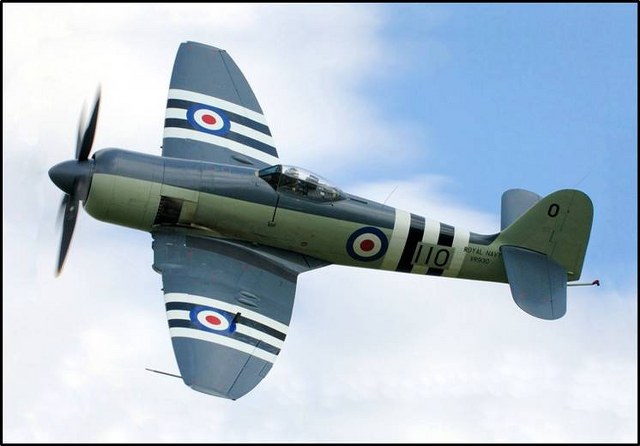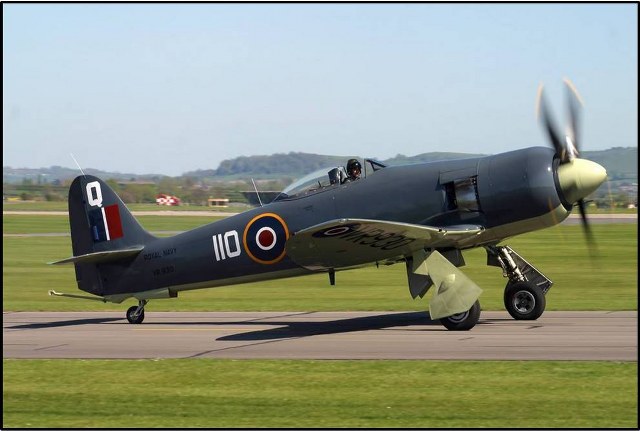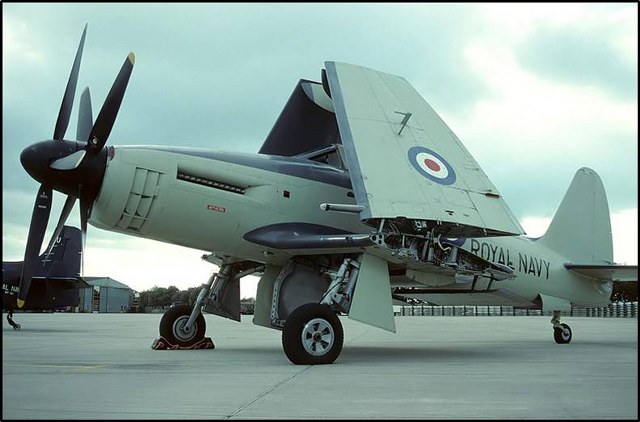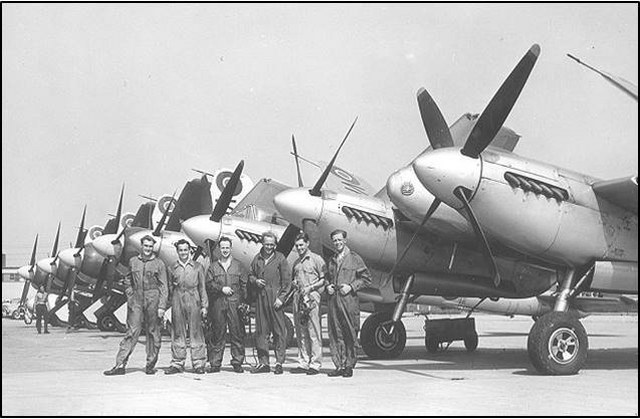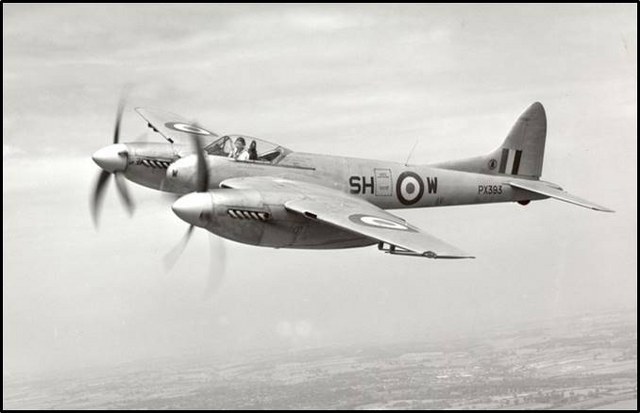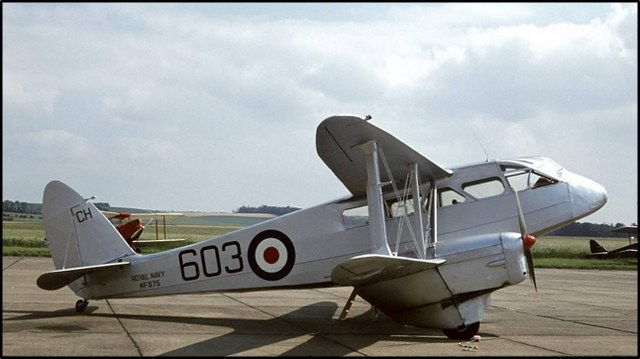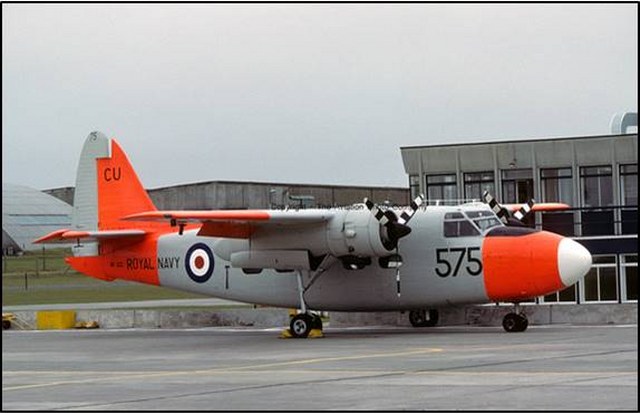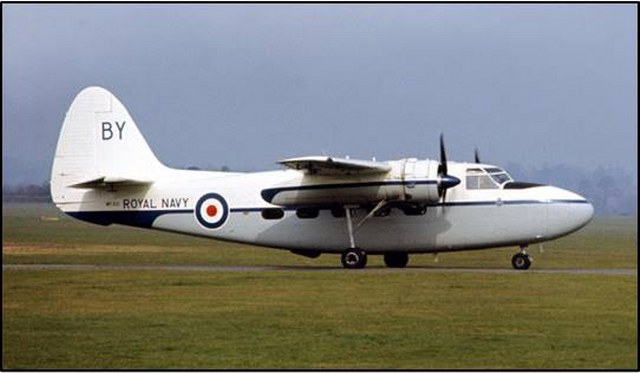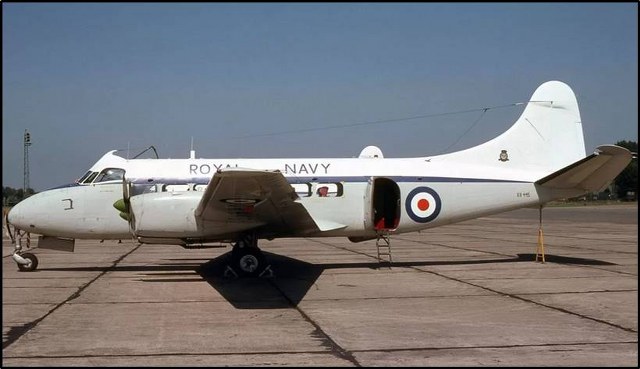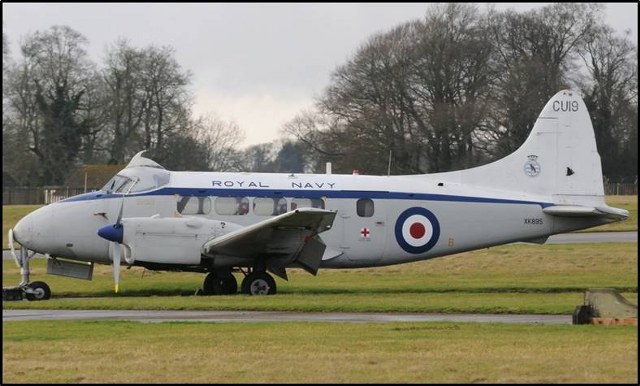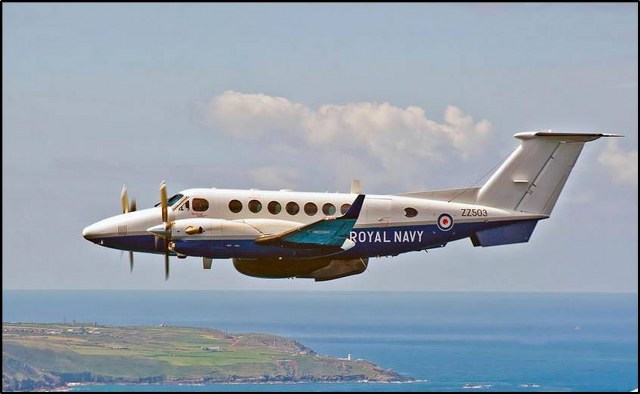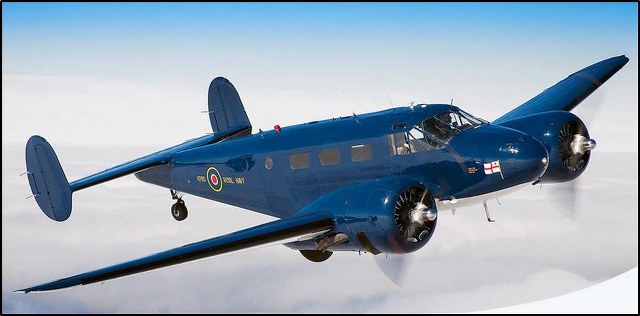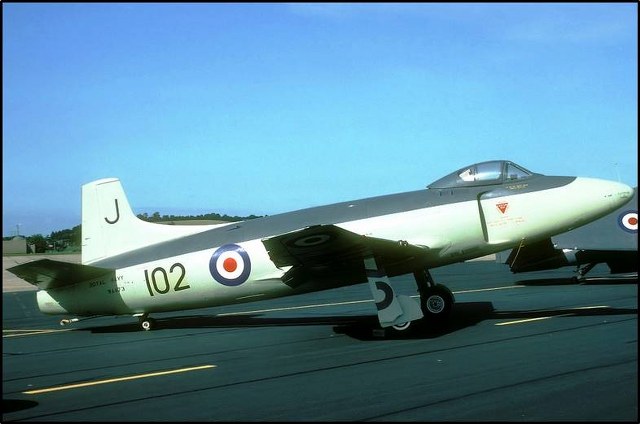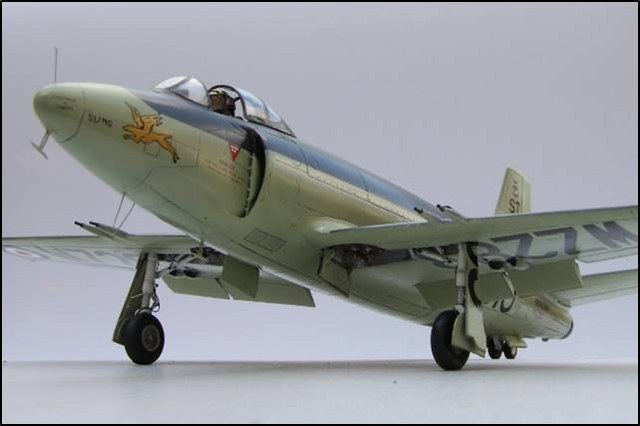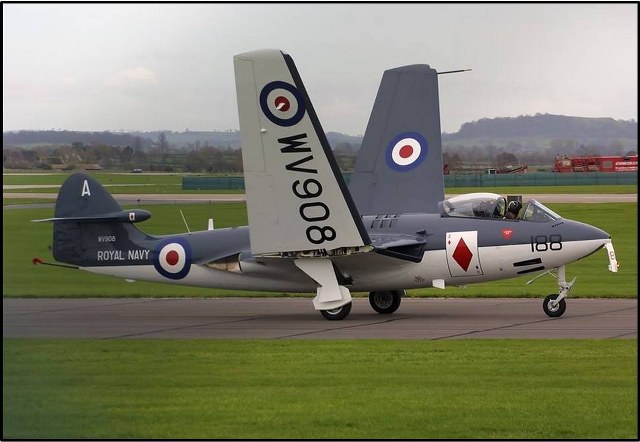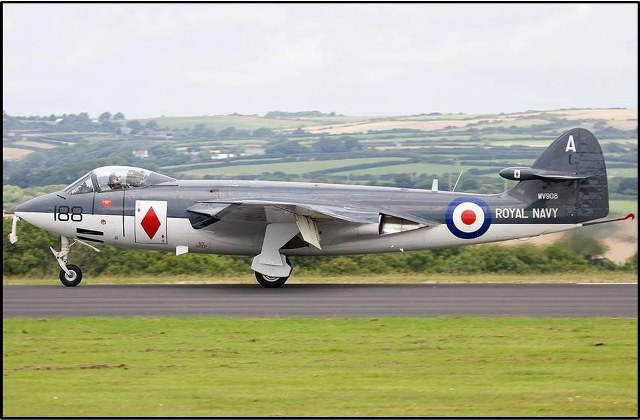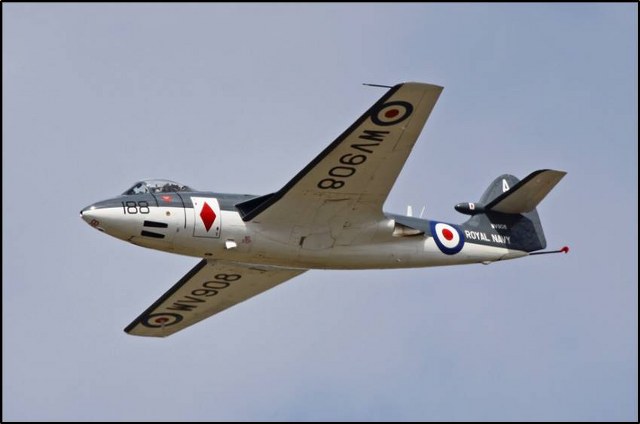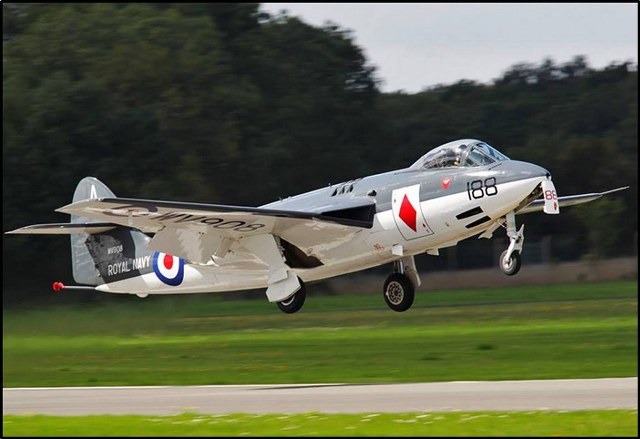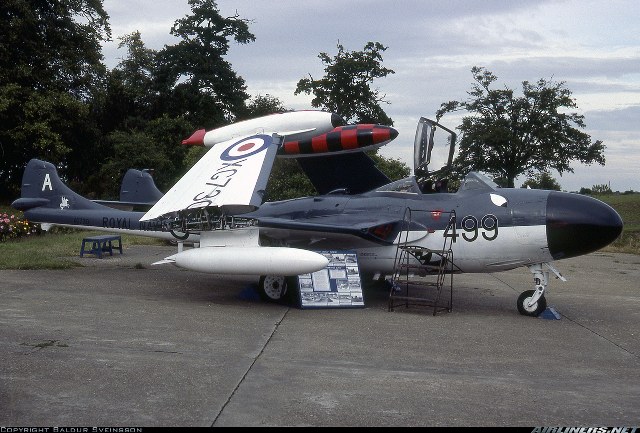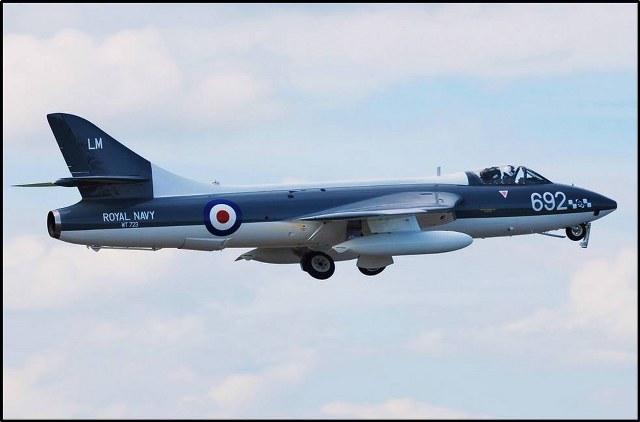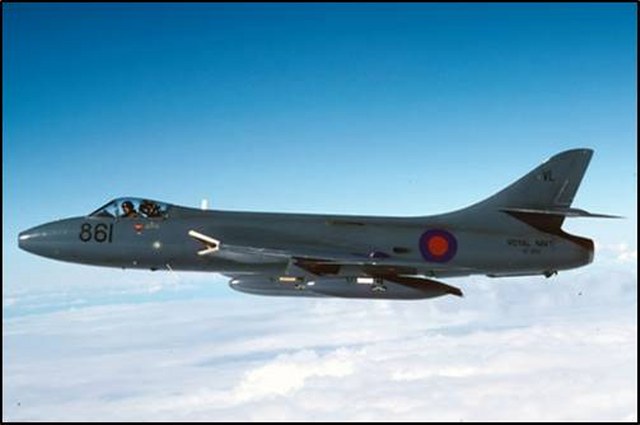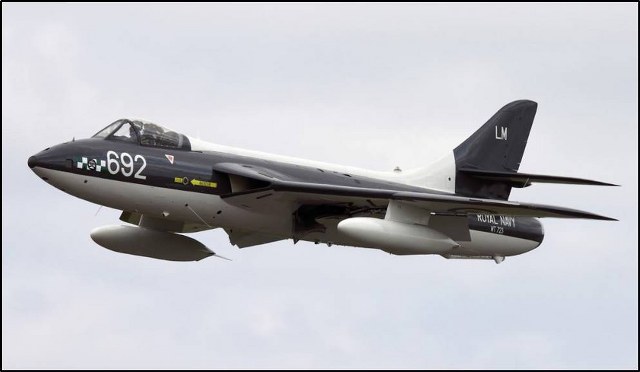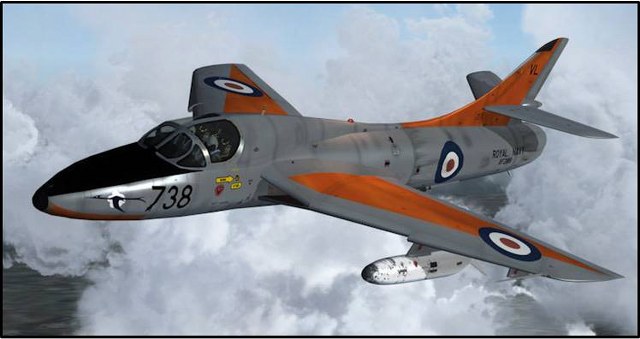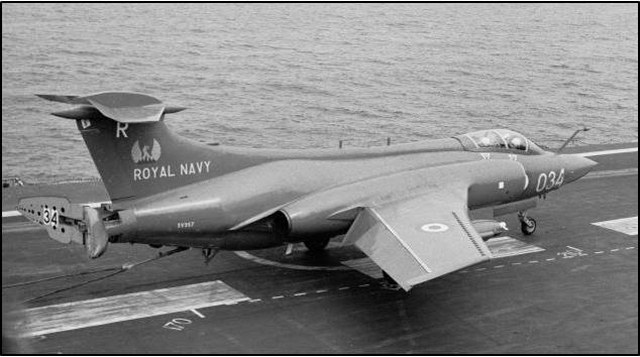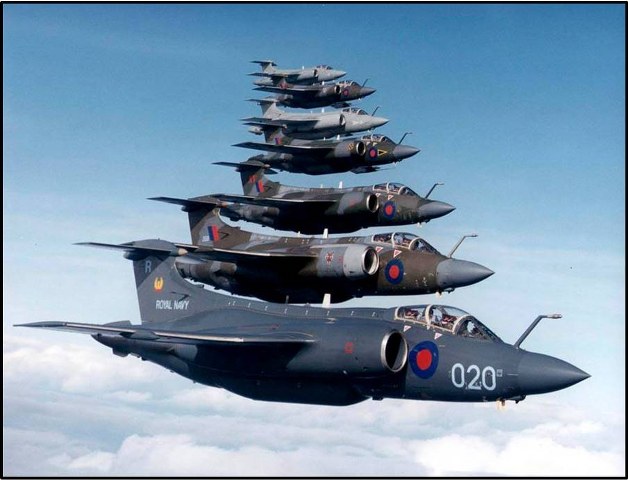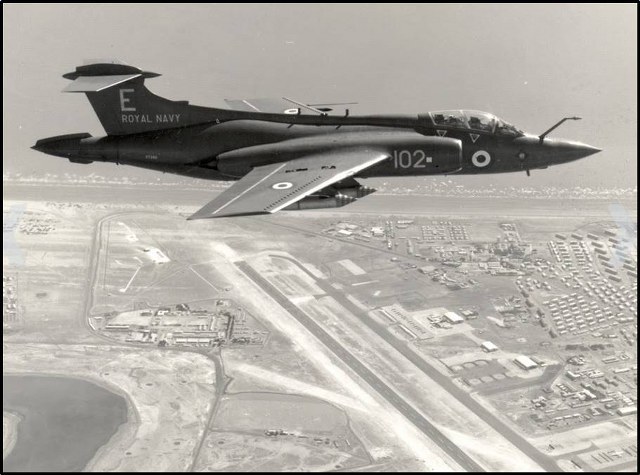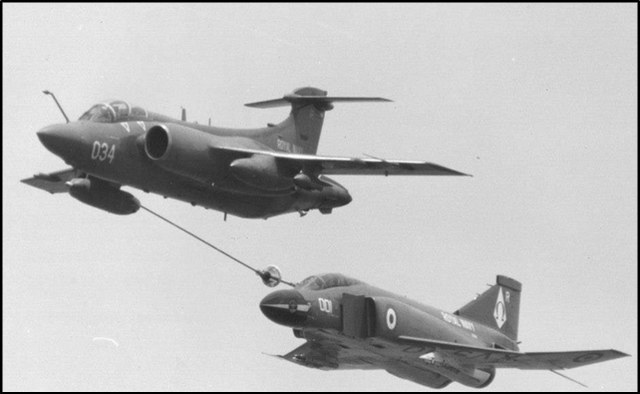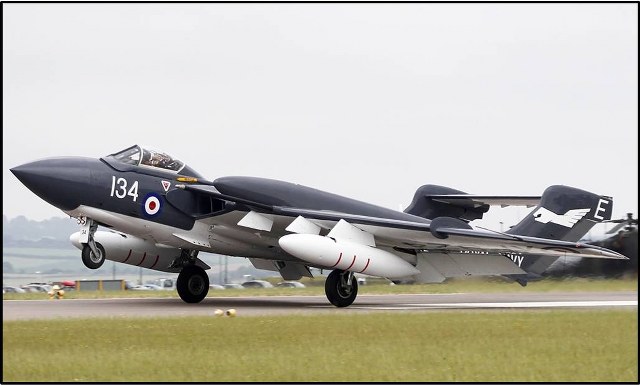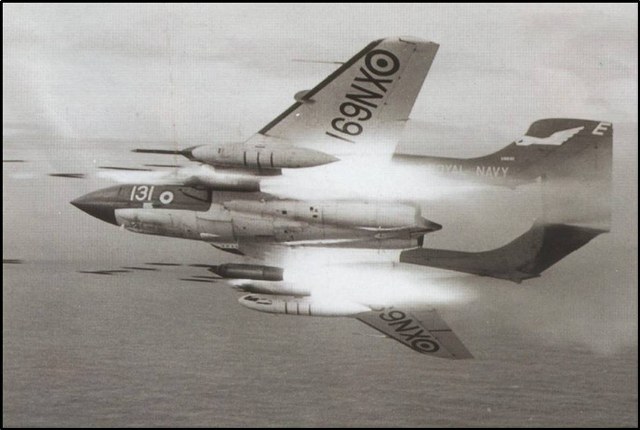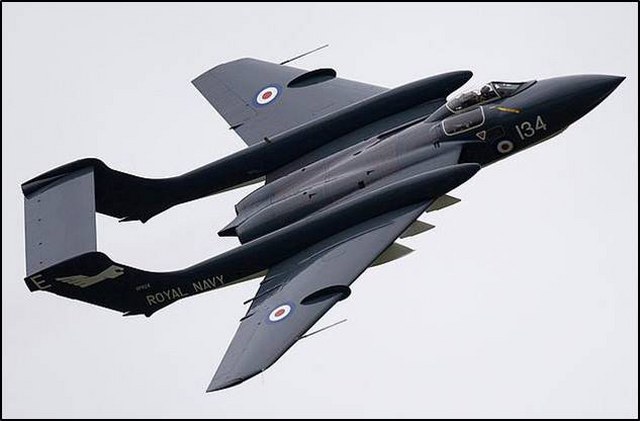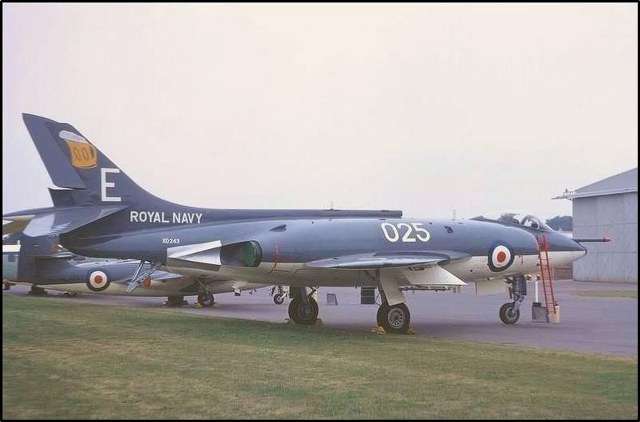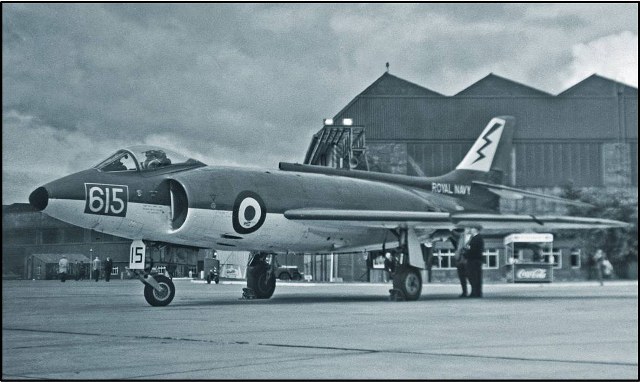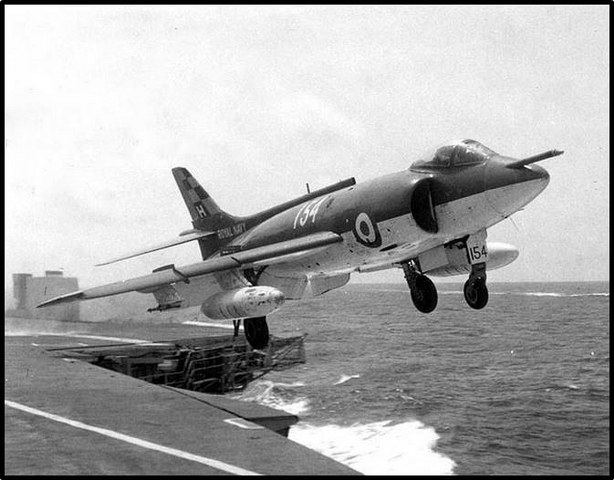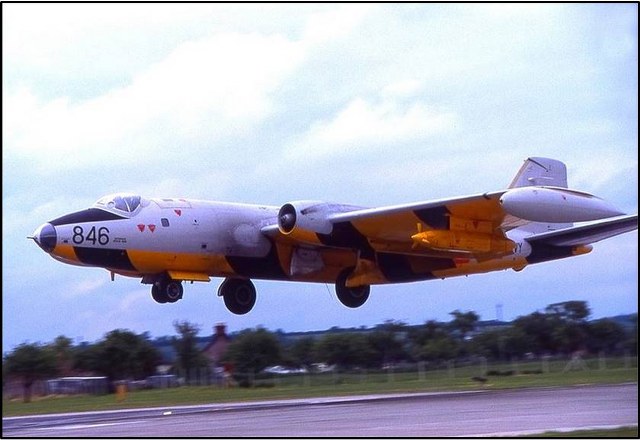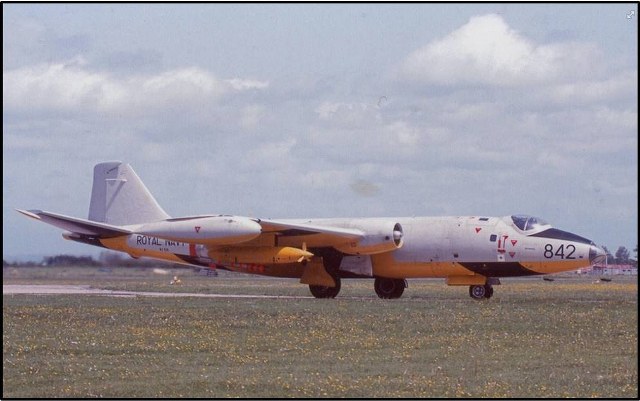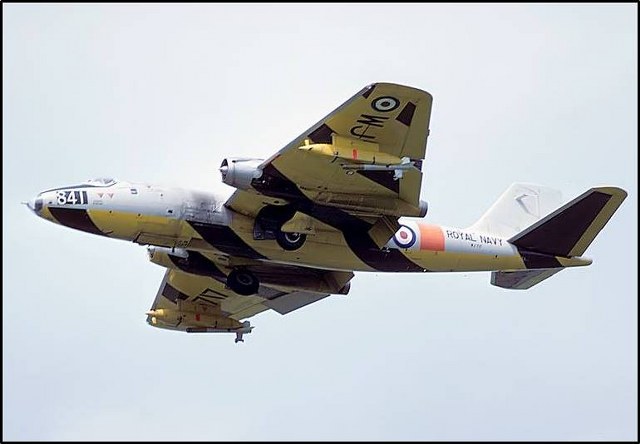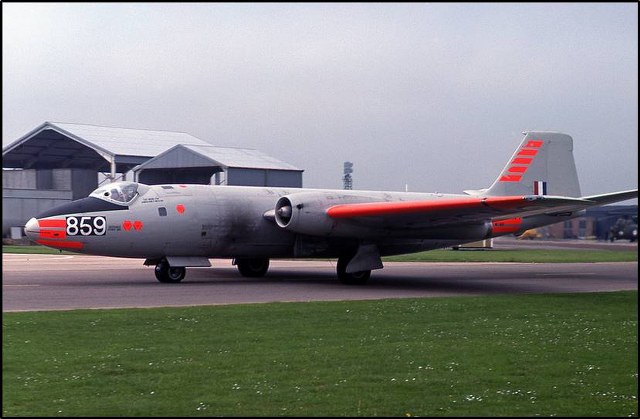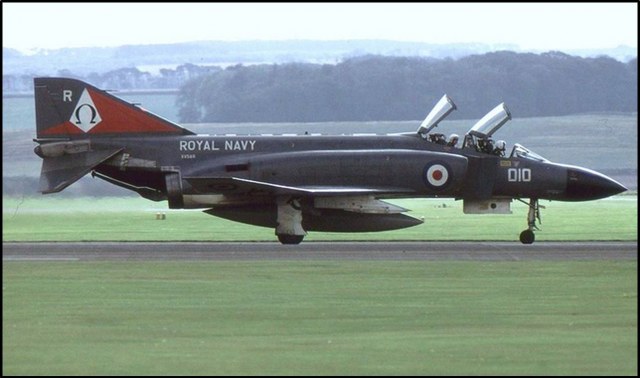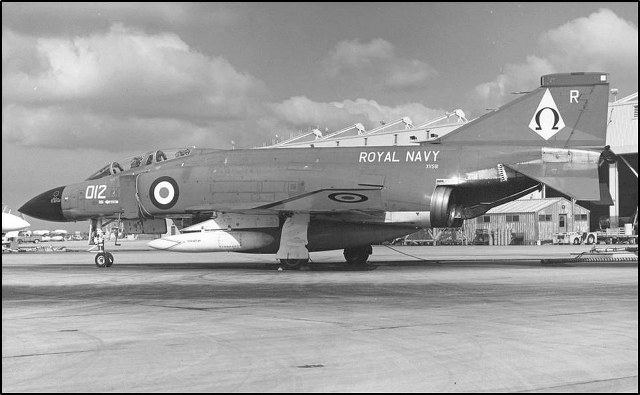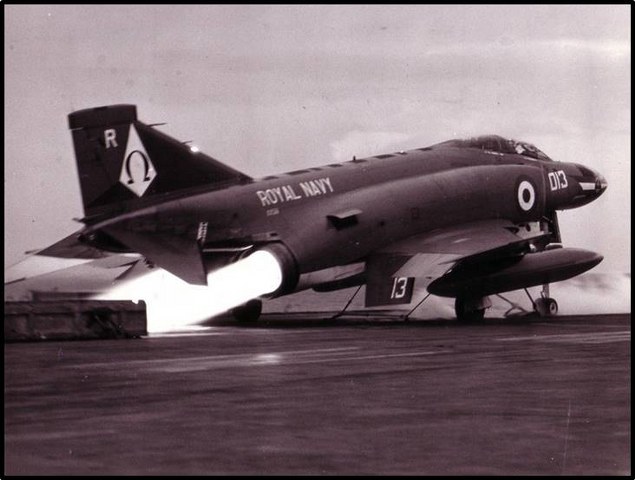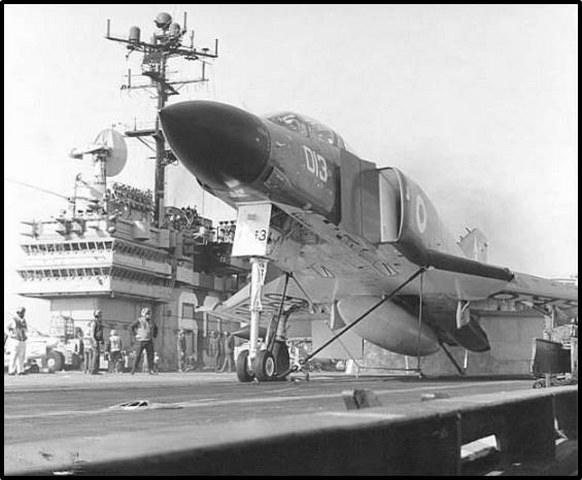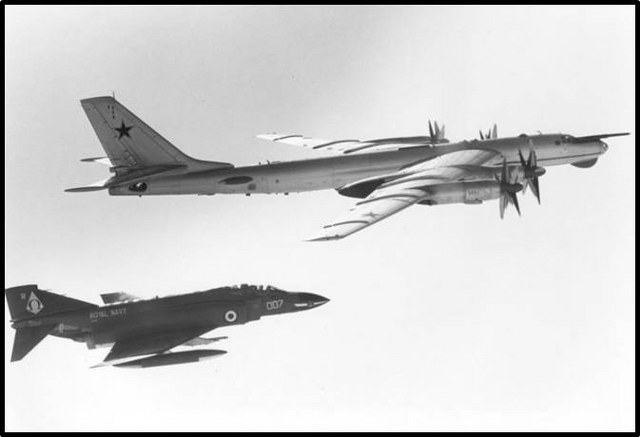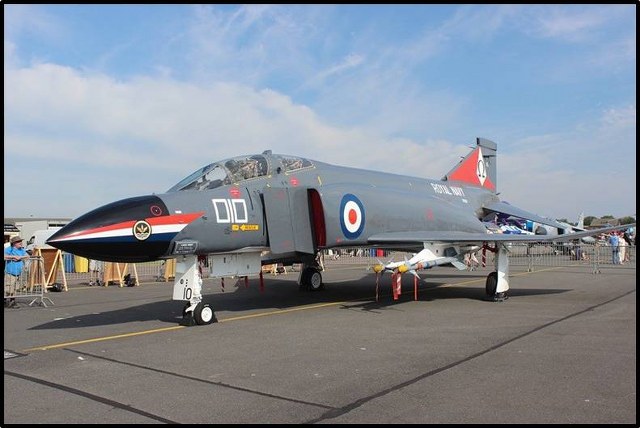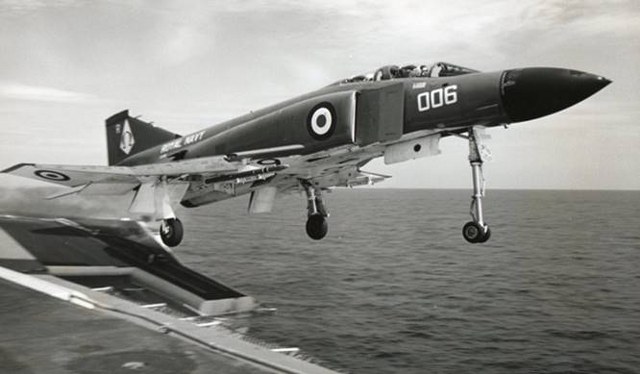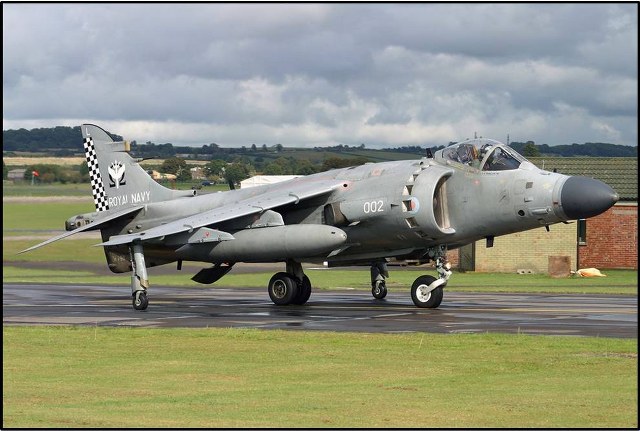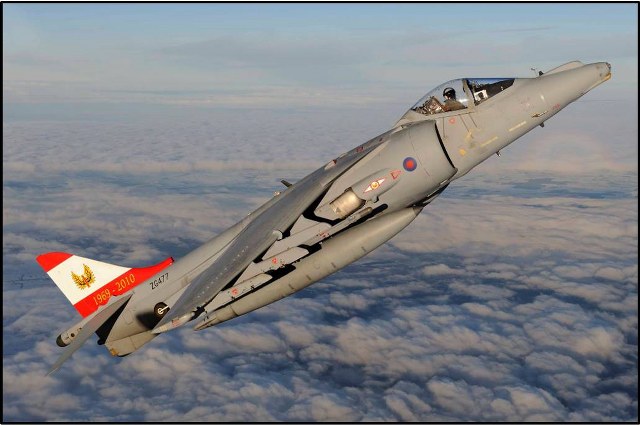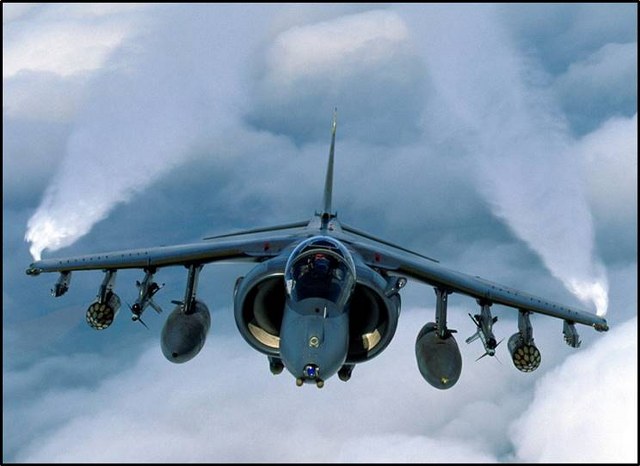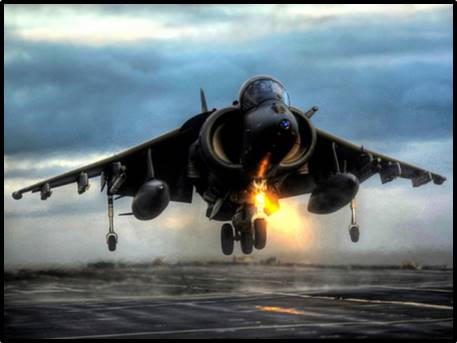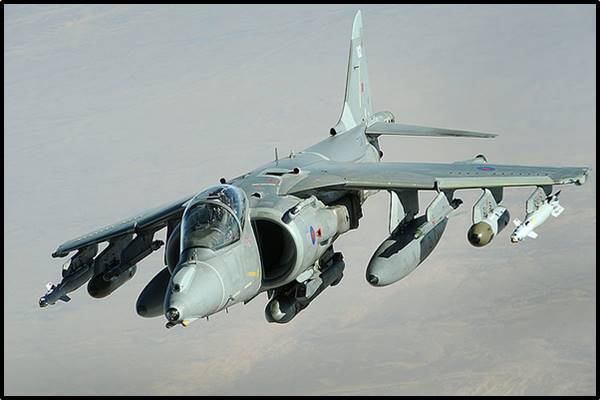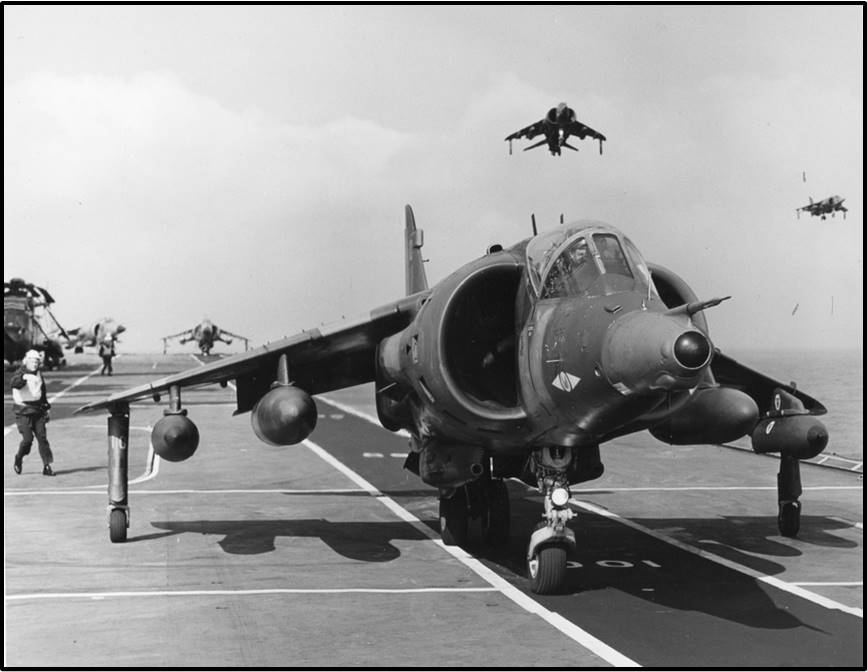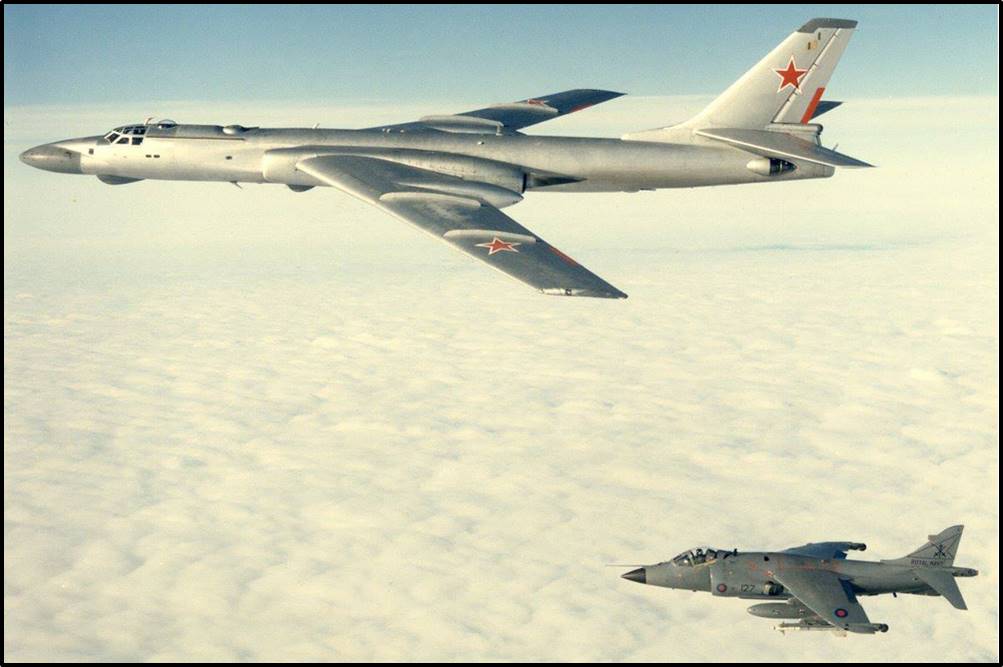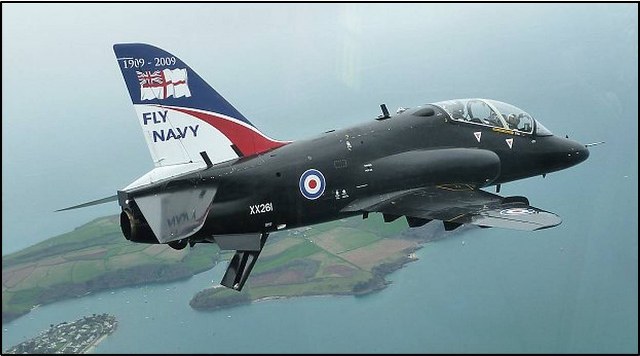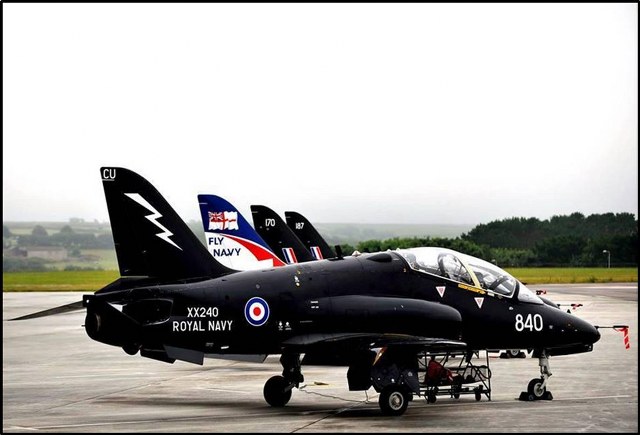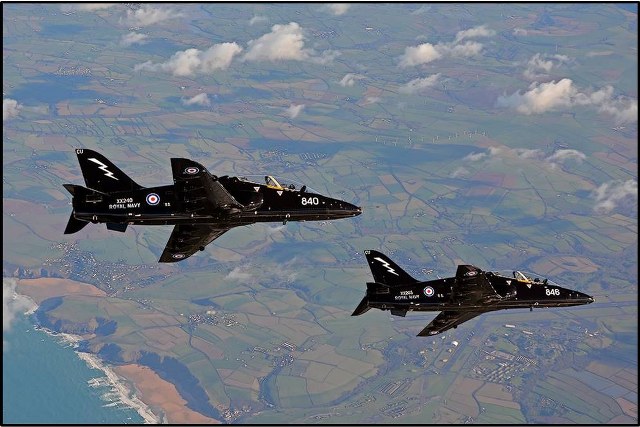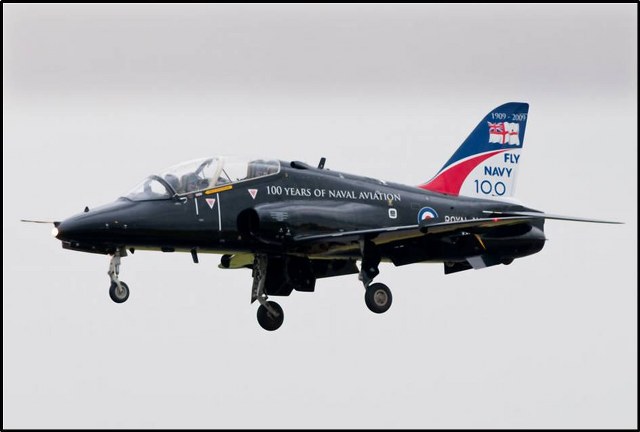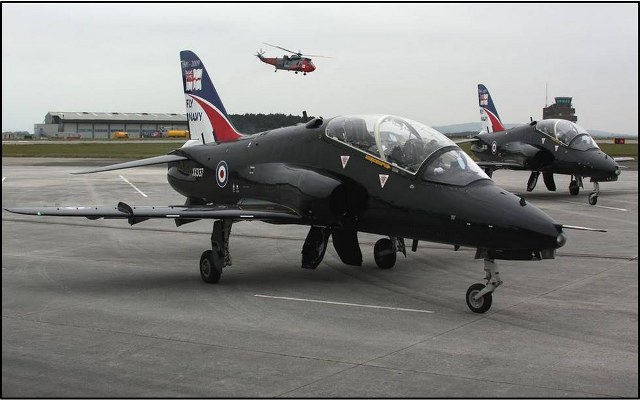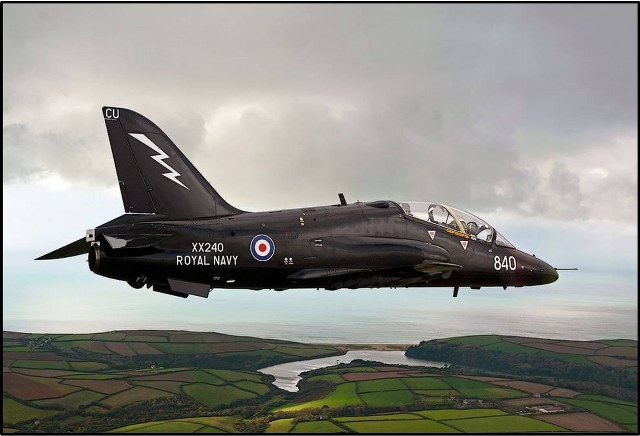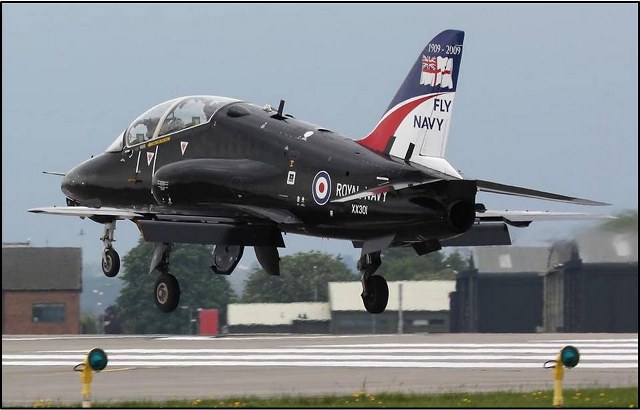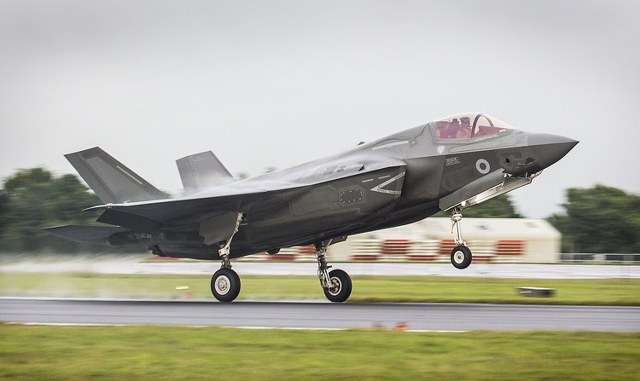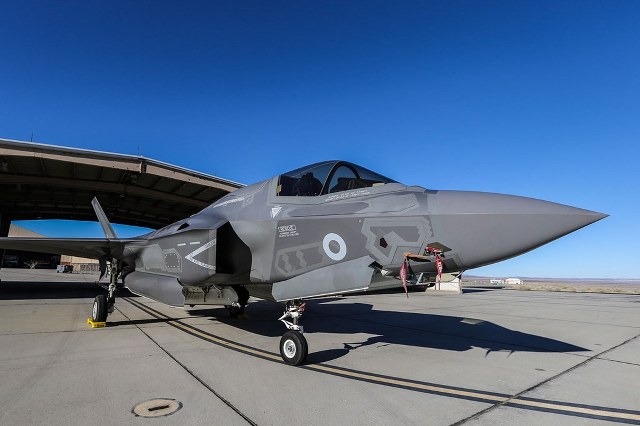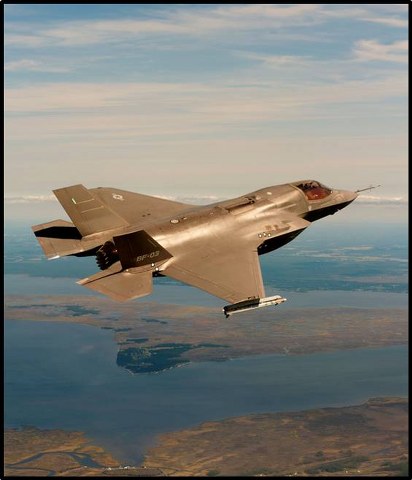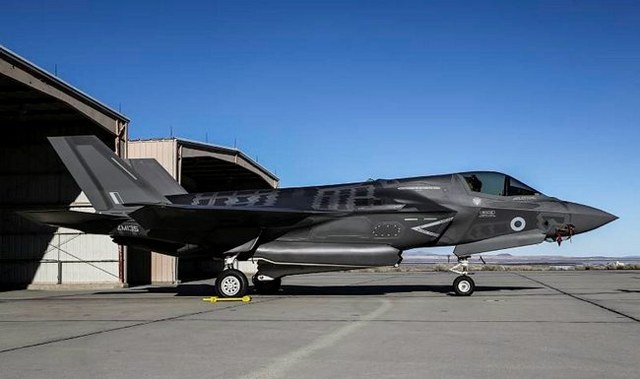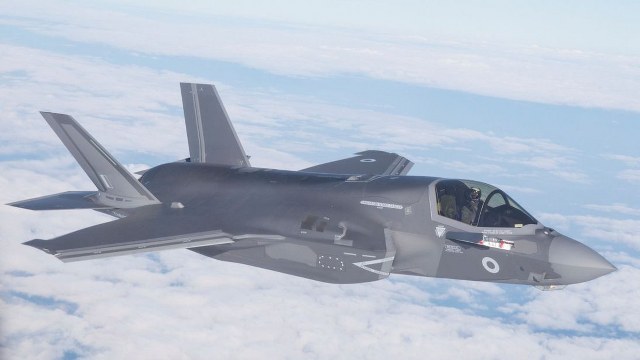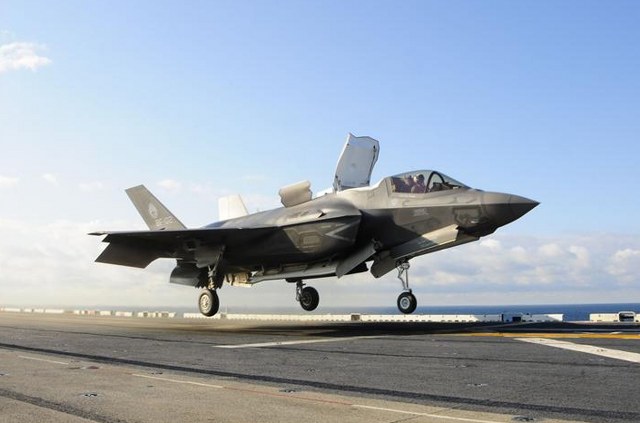Aircraft of the Royal Navy
British naval flying started in 1909, with the construction of an airship for naval duties. In 1911 the Royal Navy graduated its first aeroplane pilots at the Royal Aero Club flying ground at Eastchurch, Isle of Sheppey under the tutelage of pioneer aviator George Bertram Cockburn. In May 1912, naval and army aviation were combined to become the Royal Flying Corps (RFC). The Naval Wing of the RFC lasted until July 1914 when the Royal Navy reformed its air branch, under the Air Department of the Admiralty, naming it the Royal Naval Air Service (RNAS).[citation needed]
By the outbreak of the First World War, in August 1914, the RNAS had more aircraft under its control than the remaining RFC.[citation needed] The roles of the RNAS were fleet reconnaissance, patrolling coasts for enemy ships and submarines, attacking enemy coastal territory and defending Britain from enemy air raids, along with deployment along the Western Front. In April 1918 the RNAS, which at this time had 67,000 officers and men, 2,949 aircraft, 103 airships and 126 coastal stations, merged with the RFC to form the Royal Air Force.
Fleet Air Arm
On 1 April 1924, the Fleet Air Arm of the Royal Air Force was formed, encompassing those RAF units that normally embarked on aircraft carriers and fighting ships.The year was significant for British naval aviation as only weeks before the founding of the Fleet Air Arm, the Royal Navy had commissioned HMS Hermes, the world’s first ship to be designed and built as an aircraft carrier. Over the following months RAF Fleet Air Arm Fairey IIID reconnaissance biplanes operated off Hermes, conducting flying trials.
On 24 May 1939 the Fleet Air Arm was returned to Admiralty control under the “Inskip Award” (named after the Minister for Co-ordination of Defence overseeing the British re-armament programme) and renamed the Air Branch of the Royal Navy. At the onset of the Second World War, the Fleet Air Arm consisted of 20 squadrons with only 232 aircraft. By the end of the war the strength of the Fleet Air Arm was 59 aircraft carriers, 3,700 aircraft, 72,000 officers and men and 56 Naval air stations.
During the war, the FAA operated fighters, torpedo bombers and reconnaissance aircraft. Following the Dunkirk evacuation and the commencement of the Battle of Britain, the Royal Air Force soon found itself critically short of fighter pilots. In the summer of 1940, the RAF had just over 800 fighter pilots and as personnel shortages worsened; the RAF turned to the Admiralty to ask for help from the Fleet Air Arm. Fleet Air Arm crews under RAF Fighter Command were either seconded individually to RAF fighter squadrons or entire as with 804 and 808 Naval Air Squadrons. The former provided dockyard defence during the Battle of Britain with Sea Gladiators.
In British home waters and out into the Atlantic Ocean, operations against Axis shipping and submarines in support of the RN were mounted by RAF Coastal Command with large patrol bombers, flying boats and land-based fighter-bombers. The aircraft carrier had replaced the battleship as the capital ship of the RN and its aircraft were now its principal offensive weapons. The top scoring fighter ace with 17 victories was Commander Stanley Orr, the Royal Marine ace was Ronald Cuthbert Hay with 13 victories. A number of Royal Marines were FAA pilots during the war.
Notable Fleet Air Arm operations during the war included the Battle of Taranto, the sinking of the Bismarck, Operation Tungsten against the Tirpitz and Operation Meridian against oil plants in Sumatra.
Post-war history
Hawker Sea Fury of No. 804 Squadron launched off HMS Glory during the Korean War, June 1951
Phantom FG.1 of 892 NAS aboard HMS Ark Royal in 1972
Two Sea Harriers from 800 Naval Air Squadron approach the flight deck of U.S. Navy aircraft carrier USS Dwight D. Eisenhower in 1984.
After the war the FAA needed to fly jet aircraft from their carriers. The jet aircraft of the era were considerably less effective at low speeds than propeller aircraft, but propeller aircraft could not effectively fight jets at the high speeds flown by jet aircraft. The FAA took on its first jet, the Sea Vampire, in the late 1940s. The Sea Vampire was the first jet credited with taking off and landing on a carrier. The Air Arm continued with high-powered prop aircraft alongside the new jets resulting in the FAA being woefully outpowered during the Korean War. Nevertheless, jets were not yet wholly superior to propeller aircraft and a flight of ground attack Hawker Sea Furies downed a MiG-15 and damaged others in an engagement.
As jets became larger, more powerful and faster they required more space to take off and land. The US Navy simply built much larger carriers. The Royal Navy had a few large carriers built and completed after the end of the war but another solution was sought. This was partly overcome by the introduction of a Royal Navy idea to angle the flight deck away from the centre line so that the aircraft landing had a clear run away from the usual forward deck park. An associated British invention, intended to provide more precise optical guidance to aircraft on final approaching the deck, was the Fresnel lens optical landing aid. Another Royal Navy invention was the use of a steam-powered catapult to cater for the larger and heavier aircraft (both systems were adopted by the US Navy).
Defence cuts across the British armed forces during the 1960s and 1970s led to the withdrawal of existing Royal Navy aircraft carriers, transfer of Fleet Air Arm fixed-wing jet strike aircraft such as the F-4K (FG.1) Phantom II and Buccaneer S.2 to the Royal Air Force, and cancellation of large replacement aircraft carriers, including the CVA-01 design. The last conventional carrier to be retired was HMS Ark Royal in 1978.[9] A new series of small carriers, the Invincible class anti-submarine warfare ships (known as “through deck cruisers”) were built and equipped with the Sea Harrier a derivative of the Hawker Siddeley Harrier VTOL aircraft. These carriers incorporated an upswept forward section of the flight deck that deflected the aircraft upward on launch and permitted heavier loads to be carried by the Harrier, for example in weaponry, and the system was used extensively in the Falklands War.
End of the Cold War
At the end of the Cold War in 1989 the Fleet Air Arm was under the command of the Flag Officer Naval Air Command, a Rear Admiral based at RNAS Yeovilton.
Aircraft of the Royal Navy through the decades Gallery
-

- Fleet Air Arm Barracuda Dive Bomber A Leading Wren radio mechanic after testing in-flight aircraft radio equipment that has been repaired by Wrens at Lee-on-Solent Fleet Air Arm Station
-
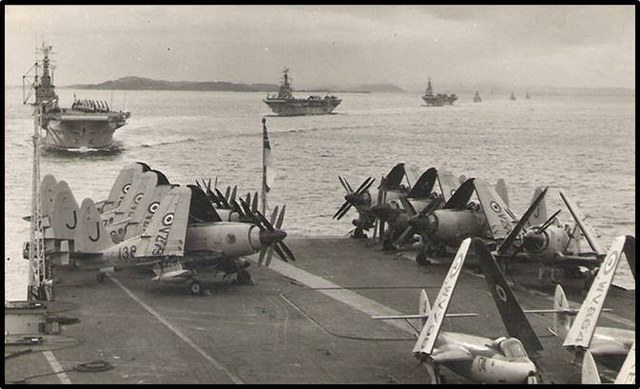
- HMS Eagle, with Wyverns parked ahead of HMS Albion, HMS Centaur and HMS Bulwark other escorts unknown
-
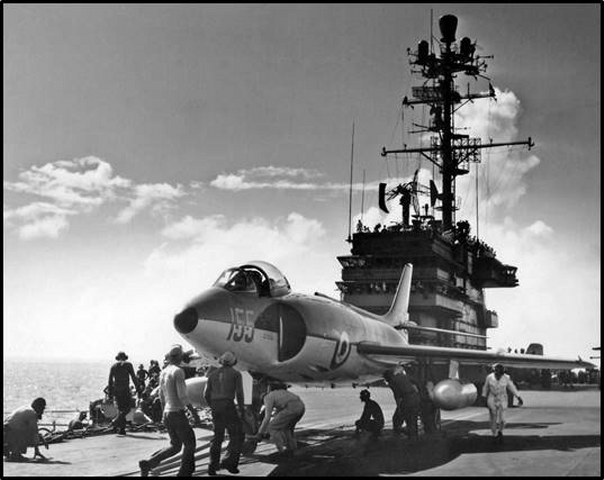
- The US Aircraft Carrier – USS Saratoga seen operating with some Royal Navy guests on board, namely a Scimitar
-

- One of the first UK Lightning II F35-B aircraft is pictured during a trials flight. The F-35B Lightning II will place the UK at the forefront of fighter technology, giving the Royal Air Force and Royal Navy a true multi-role all weather, day and night capability, able to operate from well-established land bases, deployed locations or the Queen Elizabeth Class Aircraft Carriers
